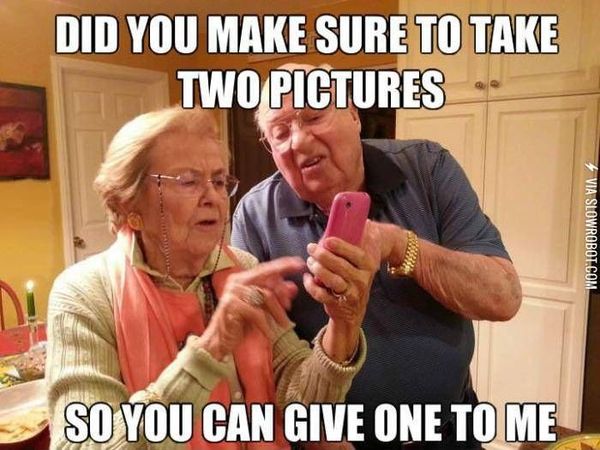For this post I’m taking it all the way back to the spooky middle school days lol, ask.fm. Ask.fm was a social media platform that allowed users to anonymously ask people questions. This platform provided insight into peoples thoughts, beliefs, and personal lives through asking questions anonymously. I remember logging on and going through my questions to see what questions I could answer in way that made me seem deep or almost like I was too cool to be using this platform lol. The reason I decided to blog about ask.fm is because today in RHMS270 we discussed Ramiez’s 4 strategies for information seeking. The four strategies were interactive, active, passive, and extractive. The reason that this reminded me so much of ask.fm was because when I asked people questions on this platform I was able to ask questions that I might not be able to normally ask and get more information about someone.

The interactive strategy is interacting with someone face to face, or in a mediated setting, in order to reduce uncertainty. The interactive strategy is the most commonly used amongst people, but when comparing it to ask.fm, I think its the complete opposite. On ask.fm you do not personally interact with whom you wish to receive information from. Instead, you take on an anonymous profile and get to ask questions without anyone knowing who is asking the question. Although this dose allow for more questions to be asked, it also increases the chance of questions being less serious and more about being funny or putting people down.

The second strategy, the active strategy, is very prevalent on ask.fm. The active strategy is gaining information from applying effort to find information but not directly communicating to whom the information is about. For example, asking someones friend about their friend. On ask.fm, users are able to gain information about people through anonymous questions, and this anonymity acts as a third party which allows for people to gain information from someone without directly interacting with them.
The third strategy, the passive strategy, is observing someones behavior without affecting it. This information gaining strategy is mostly seen in social settings, but I also think its seen quite often on ask.fm. When people answer a lot of questions, followers are able to see a pattern of how they might answer a certain type of question, and infer what kind of response one might give if asked a certain question. For example, if someone is regularly asked about their workout routine, and most of their answers to this question is answered in a joking way, then one can assume if they ask about their workout routine they will receive a joking response.

The final strategy, the extractive strategy, is a newer strategy that has become available because of technology. The extractive strategy is looking for information this is available on the internet. I think that this strategy applies pretty well to ask.fm because if you wanted to know more information about someone you could scroll through their answered questions to see if they answered any questions that provide information you were looking for. Also, this strategy applies well with ask.fm because the extractive strategy has to do with online research, and ask.fm being a website online, make its an easy way for almost anyone to find information about someone.
/cdn.vox-cdn.com/uploads/chorus_image/image/59226439/jbareham_170504_1691_0004.0.0.jpg)
Looking back on my days on ask.fm was hard for me lol. I used to act like such a little kid on social media and I defiantly thought I was to cool for everyone lol. I thought that looking back on a funny time in my life would be a good way to end my journey as a blogger. Thats right! This is my last post on Inside My Mind! I hope all my readers enjoyed reading my weekly blogs, and found the content I wrote about to be interesting. This was one of my first blogging experiences, and I enjoyed it a lot! I learned a lot about myself, what my interest are, and how to make myself comfortable with sharing my personal thoughts with people that I may not know very well, or know at all. Thank you all for reading and following me on this journey! Goodbye Inside My Mind, its been a fun ride, gone but never forgotten.



















